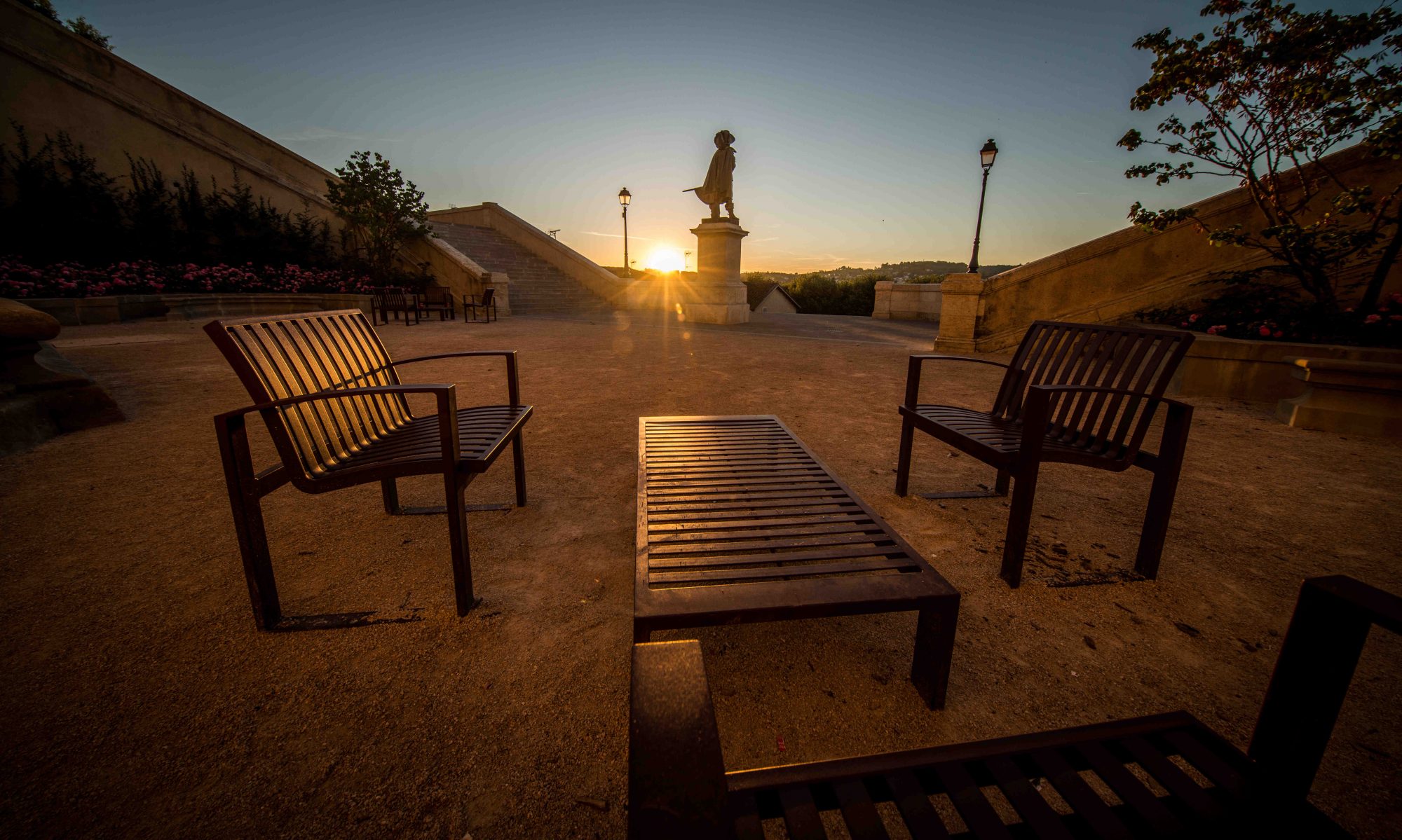The latest release of Adobe LIGHTROOM contains a new feature – ‘De-noise’. This is powered by an Artificial Intelligence ‘engine’ (no, this isn’t a tiny 4-stroke dripping oil all over the living room carpet, more the popular name for a mathematical computation, or algorithm). AI seems to be creeping in everywhere, from making ‘almost too true to be believed’ images of people to writing exam papers…
In this instance, the AI engine treats the original data and creates a DNG file – I can’t actually figure out why…in addition, for my tests, the original file RAW was 33,9Mb, while the de-noised DNG is a whopping 220,9 Mb file. Luckily disk space is getting cheaper.
The process takes a few minutes to work – it’s not instant like using a preset – in this example, the original file was recorded at 6400 ISO and it took Lightroom 11 minutes to create the treated file. (Interestingly, a colleague with a Mac powered by the M1 chip did a similar computation in just over a minute – my 2018 Mac mini is obviously struggling here...)



It’s very interesting to see the results (click on the images to enlarge them) both in the face, but also on the wall AND the feather boa (hanging to the right) – this image is a 50% crop from the original 8256 x 5504 file, so it’ll be interesting to see how long it takes to create a full file. The image was captured with no hi-ISO adjustments in-camera, and frankly the image is very good in terms of detail etc.
I think it’s fairly clear that the Adobe algorithm seems to work well, compared to my original preset – but, the preset is applied in microseconds, without creating extra baggage, so if speed is required, perhaps this isn’t the best way to go.
However, in terms of image quality, there’s no doubt the results are very interesting, and would be worth the effort for final post treatment before printing, for example. These results are really only visible after enlarging the image, and I certainly wouldn’t suggest using this for web or media output, as the time and disk requirements would make this very laborious and consume a huge amount of space.
